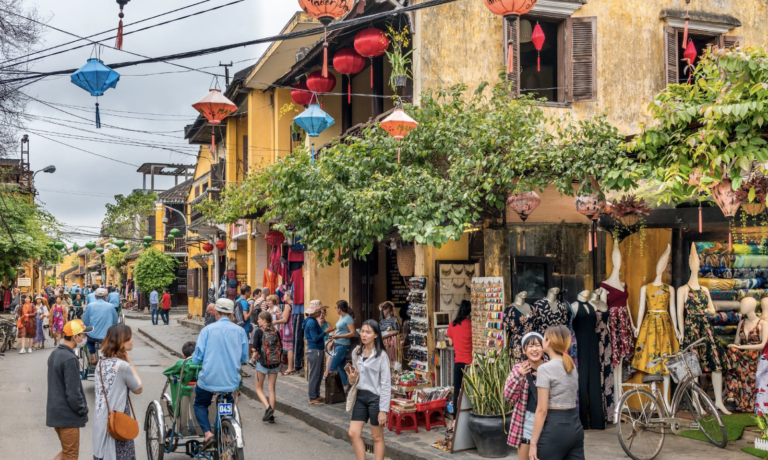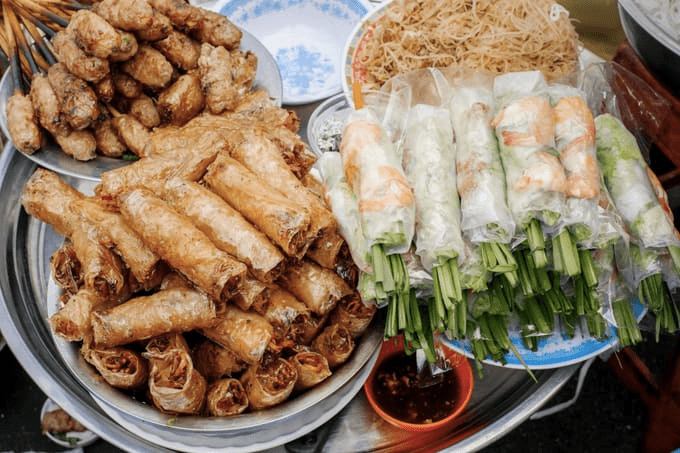Favored with a tropical climate and blessing vivid sunlight, fruits in Vietnam are various and shiny. Fruits are also an ideal way to feast, boost up your senses and energy with nutritious vitamins. Let’s discover Top 10 weird fruits that you should absolutely try when visiting Vietnam!
1. Monstera Delicio (Quả ác quỷ)
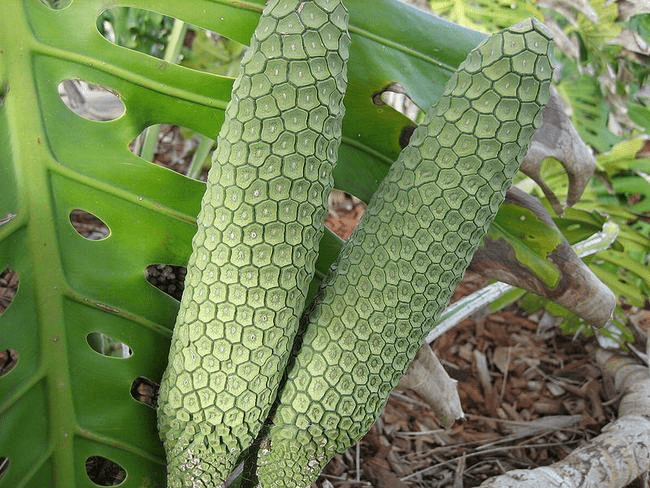
The outside of this fruit is quite interesting. Looking like a corn cob or a large cucumber with many green eyes arranged next to each other like a custard apple, its inside is white, fibrous with a hard core in the middle. However, this fruit is sweet and nutritious because of its taste and vitamins. Bear in mind that Monstera can only be eaten when the fruit is fully ripe, otherwise, toxins that accumulate in the berries before ripening can threaten your health.
2. Durian (Sầu riêng)

Durian is an example of “love it or hate it”. Some people hate it because of its controversial odor and interestingly, it is banned in airports and most public transport. On the other hand, those who love it are dazzled by its strong smell and tropical sweetness. Coated by a thorn-covered husk, large fleshy custard-coloured segments contain its special taste which can’t be found in any others. Although quite expensive, durian is always in high demand and chosen by many Vietnamese families in occasional gatherings.
3. Gao fruit (Gáo)

The fruit has a rough outer shell, when split, the inside is yellow. When raw, it is green and has a slightly acrid taste, when ripe it turns yellow, with a special sour taste. When eating, it can be dipped with salt or used to stew fish.
4. Clausena indica (Mắc mật)
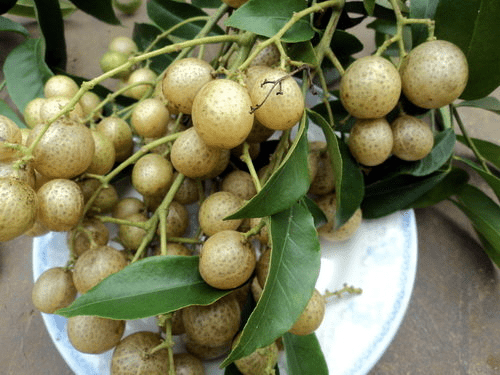
This fruit has a sour, sweet and bary taste. Also known as a signature flavor, after drying, the Tay people pound, marinate meat with it and, then roast in the fire. The fruit and leaves are both crucial spices that contribute to the success of many famous Lang dishes such as roasted pork, roasted duck, chili bamboo shoots…
5. Bignoniaceae (Núc nác)
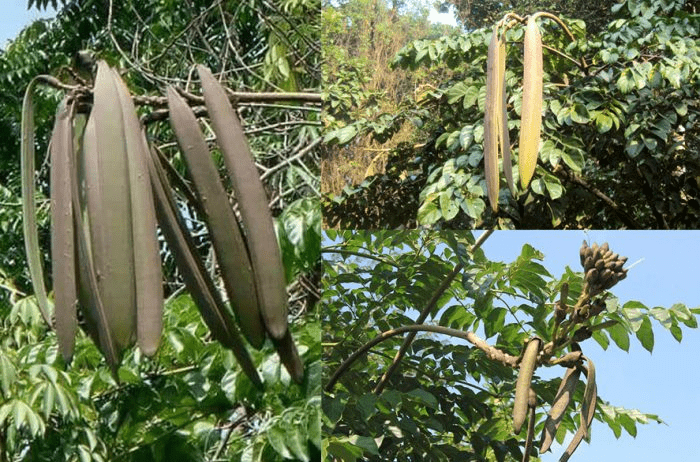
The fruit is flat and curved, with a length of 40 – 80 cm mainly found in the rainy season. The Thai people have prepared many dishes that are both popular, delicious, and strange with this weird fruit. Nuc nac is usually eaten with acrid leaves, guise leaves, and ginger leaves dotted diagonally. This combination has the sweetness of the gem leaves, the pungent taste from the cymbal, which is so special.
6. Cycas revoluta fruit (Quả vạn tuế)
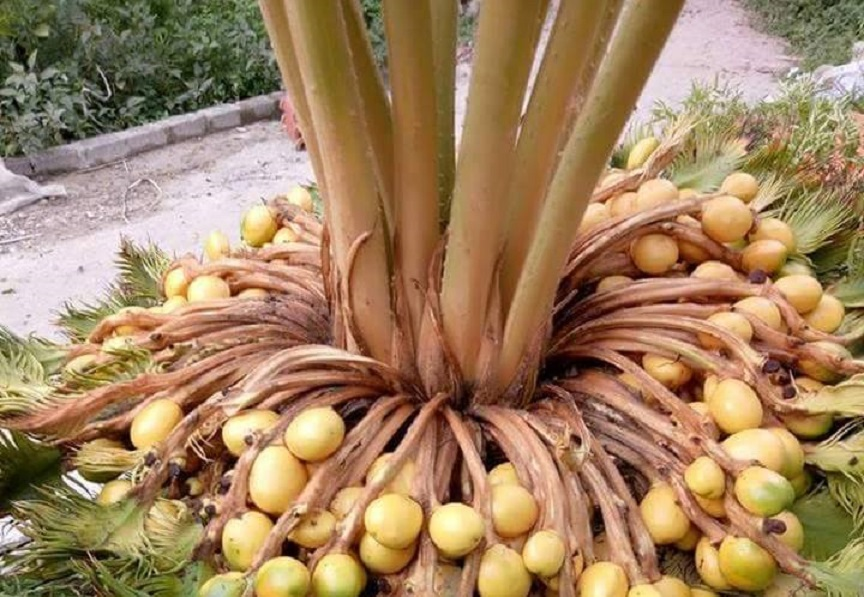
There is a hearsay that it’s super difficult to see this fruit. IT can be eaten by steaming, boiling, or baking. Its kernel is milky white, greasy, like jackfruit and chestnuts. Besides eating, cycas revoluta fruit can be used to soak wine and the taste is much more attractive.
7. Buddha’s finger fruit (Quả Phật thủ)

Its name resembles Buddha’s fingers. Buddha’s hand is inedible but often appears in the five-fruit tray on Tet holiday. In addition, they are used as medicine and perfume.
8. Cam fruit (Cám)
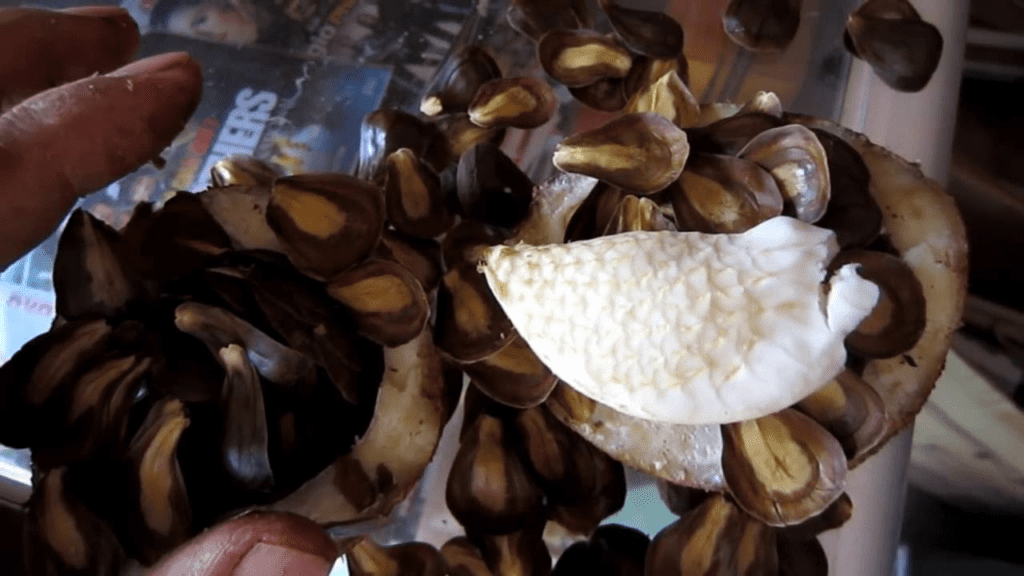
It is a climbing plant that often grows wild near rivers in the Southwest region. The fruit has a rough brown skin, after being peeled off, you will see a spongy layer like grapefruit pulp. Inside, the kernel is shaped like a fish, so in some places, it is also called Fishfruit.
9. Du de fruit (Dủ dẻ)
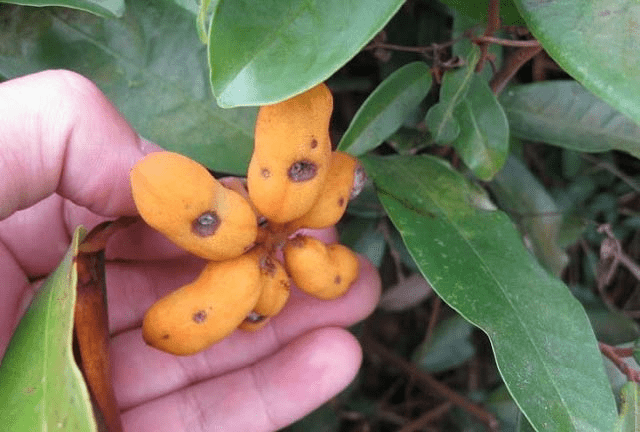
This fruit grows wild along the roadside or in the forest of the Central and Central Highlands provinces. Du de grows in clusters and is very small in size, only about the size of an adult’s little finger. It is light gray and when ripe it will turn yellow. The flesh of the fruit is quite thin and has a brandly sweet taste.
10. Golden berry (Quả tầm bóp)
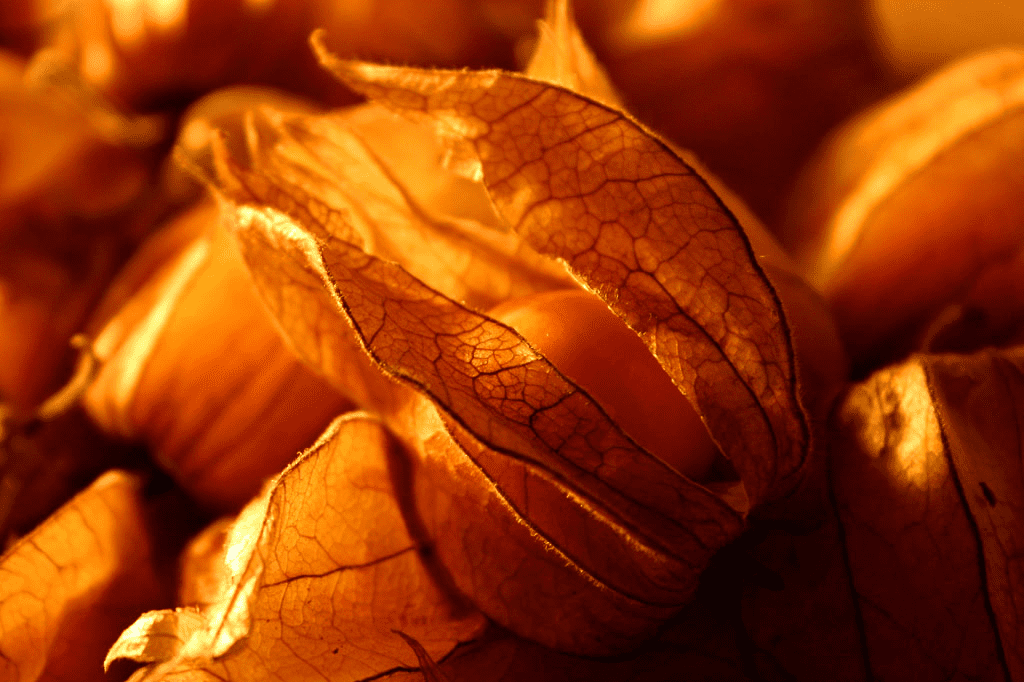
This fruit looks like tomatoes, but tastes slightly sour like strawberries. They have many uses such as treating colds, fevers, sore throats, coughs with a lot of phlegm, vomiting, hiccups, and can be eaten or decocted.
Vietnam is undeniably an oasis of tropical fruits. So don’t forget to taste 10 aforementioned weirdest fruits when coming to our country!
